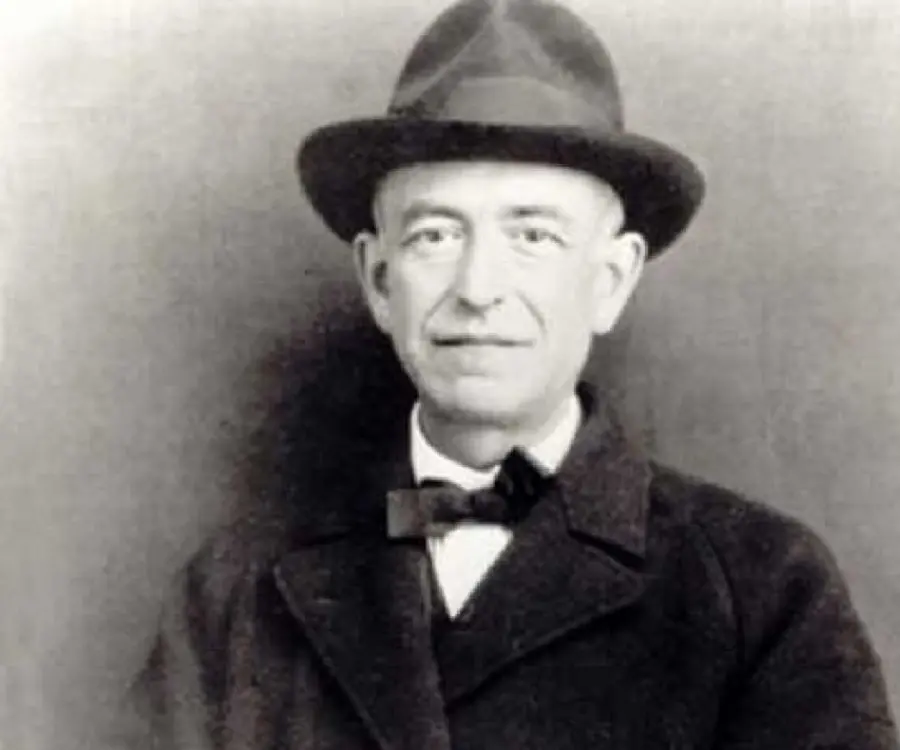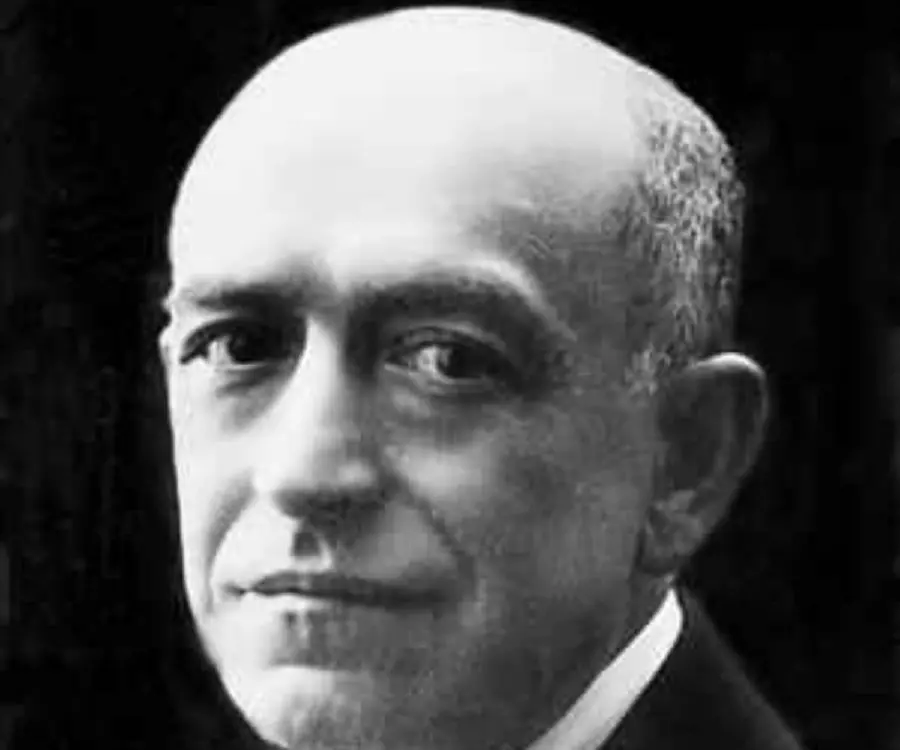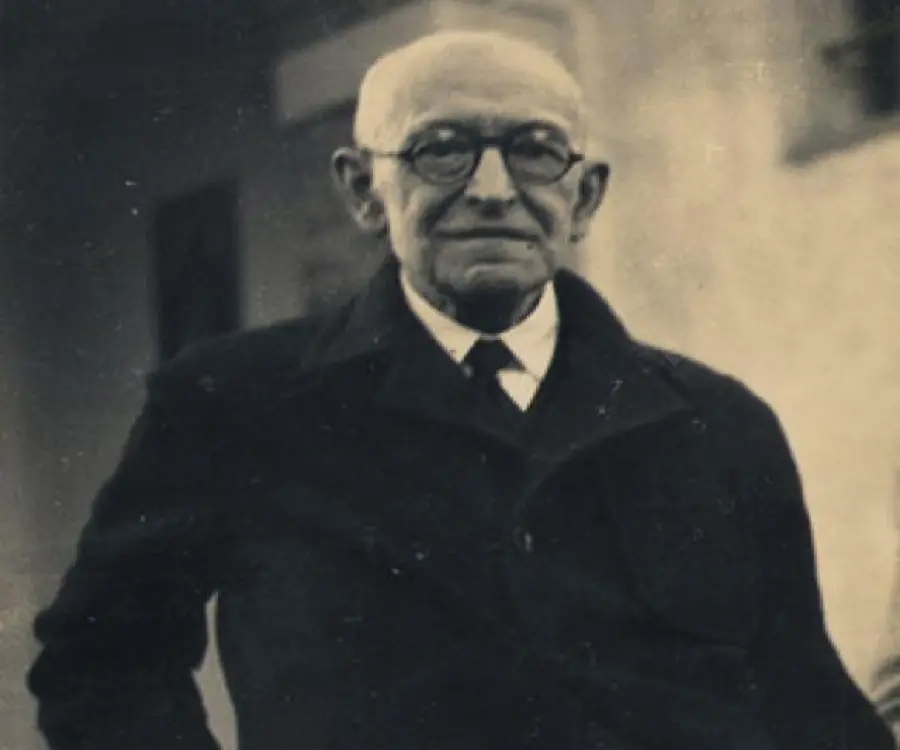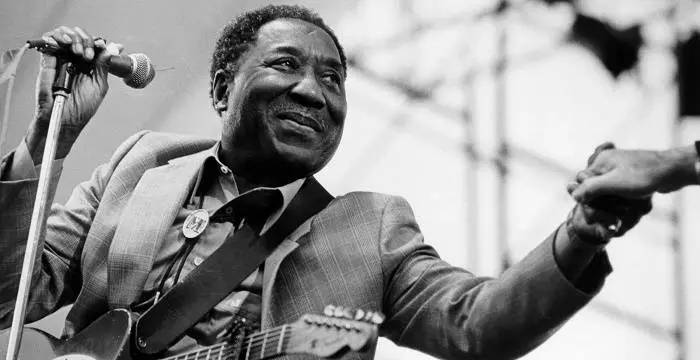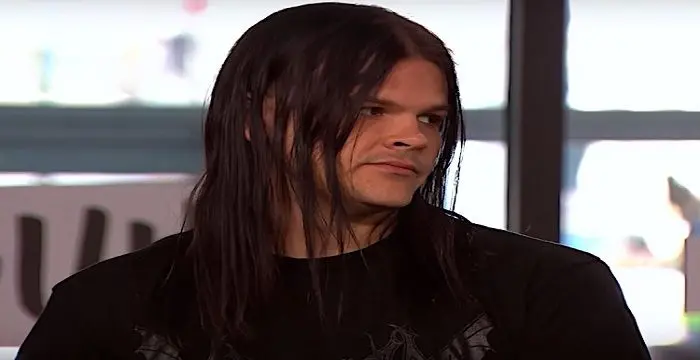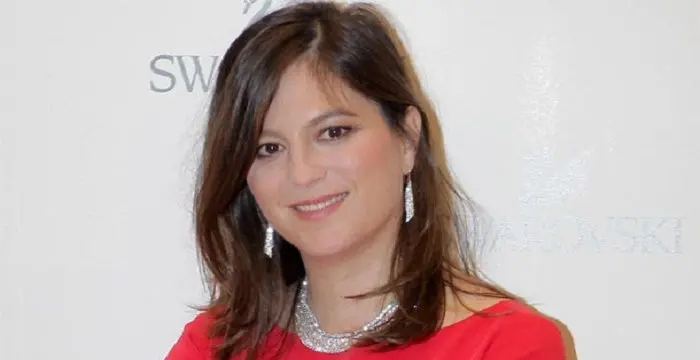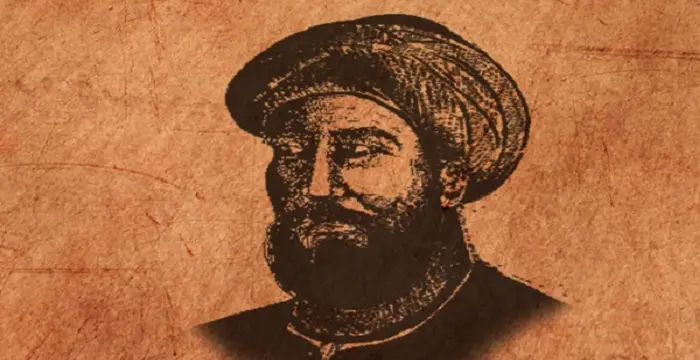
Manuel de Falla - Classical Music Composer, Timeline and Childhood
Manuel de Falla's Personal Details
One of the greatest Spanish composers ever, Manuel de Falla is ranked among the most esteemed musicians of the 20th century
| Information | Detail |
|---|---|
| Birthday | November 23, 1876 |
| Died on | November 14, 1946 |
| Nationality | Spanish |
| Famous | Musicians, Classical Music Composer |
| Universities |
|
| Birth Place | Cadiz |
| Gender | Male |
| Father | José María Falla y Franco |
| Mother | María Jesús Matheu y Zabal |
| Sun Sign | Sagittarius |
| Born in | Cadiz |
| Famous as | Classical music composer |
| Died at Age | 69 |
Manuel de Falla's photo
Who is Manuel de Falla?
Manuel de Falla, also known as Manuel María de los Dolores Falla y Matheu, is a renowned Spanish composer of international acclaim. The Spanish composer infused his compositions with unique idioms from native folk songs and dance to create his music on nationalistic lines. His fusion of poetry, simplicity, and passion represented the spirit of Spain in its purest form. Just like Isaac Albéniz, Enrique Granados and Joaquín Turina, Falla is deemed as one of Spain's most important musicians who contributed humongously the classical music of the first half of the 20th century. Manuel wrote several kinds of compositions including music for ballet, opera, chamber music, Spanish songs, piano music and zarzuelas. One of the most celebrated figures of Spanish music, Manuel de Falla has composed many pieces, which are considered as masterpieces of sorts. Noches en los jardines de Espana" ("Nights in the Gardens of Spain") is one of his major works of art. Also known for his ballet "El Amor brujo" (Love, the Magician) and opera “La vida breve” (The Short Life), Manuel de Falla really stands as a distinguished composer.
// Famous Musicians
Ted Nugent
Ted Nugent is a hard rock musician known for his hits ‘Stranglehold’ and ‘Cat Scratch Fever’. This biography of Ted Nugent provides detailed information about his childhood, life, achievements, works & timeline.
Muddy Waters
Muddy Waters was a blues musician referred to as the 'father of modern Chicago blues.' Check out this biography to know about his childhood, family life, achievements and fun facts about him.
Travis Bacon
Travis Bacon is an American musician and actor, better known as the son of veteran actors Kevin Bacon and Kyra Sedgwick. Find more about his family, birthday, etc.
Biography detail
Manuel de Falla’s Childhood and Early Life
Manuel María de los Dolores Falla y Matheu was born on 23 November 1876 in the family home (3, Plaza de Mina) to José María Falla y Franco and María Jesús Matheu y Zabala. His early music teachers were his mother and grandfather. At the age of nine, he began his first piano lessons with Eloísa Galluzo. His relationship with Eloísa Galluzo soon ended after she chose to become a nun at the convent, Sisters of Charity. Then in 1889, Manuel went on to learn piano with Alejandro Odero, and harmony and counterpoint with Enrique Broca. He became interested in music and journalism and along with his friends, he created the literary magazine, “El Burlón”. At the age of 14, he displayed an aptitude for theatre, literature and painting and went about to create another magazine, “El Cascabel”, for which he was the "contributor" and, later, the "editor". At the age of 17, Manuel channeled his artistic tendencies towards music. He had frequent trips to Madrid in 1896, where he studied piano with José Tragó at the Escuela Nacional de Música y Declamación.
Beginning Of A Musical Career
In 1897, Falla composed “melodía” for cello and piano. His work was dedicated to Salvador Viniegra, in whose house Falla participated in performances of chamber music. As an external pupil of the Escuela Nacional de Música y Declamacíon in 1898, Falla passed with a distinction the first three years of music theory and the first five years of the piano course. He composed the Scherzo in C minor. By unanimous agreement, he won the first prize in piano at his institute “Escuela Nacional de Música y Declamación”, and he concluded his official studies in 1899. That same year he premiered his first works “Romanza para violonchelo y piano”, “Nocturno para piano, Melodía para violonchelo y piano”, “Serenata andaluza para violín y piano”, and “Cuarteto en Sol y Mireya”. In 1900, he composed Canción for the piano and some other pieces for voice and for piano. He also premiered “Serenata andaluza” and “Vals-Capricho” for piano and because of his family's unstable financial situation; he began to give piano lessons. Fallas’ first attempts at zarzuela, which include “La Juana y la Petra o La casa de tócame Roque”, date from this period. In 1901, he met Felipe Pedrell and composed “Cortejo de gnomos” and “Serenata”, both for piano. At the same time, he was working on the zarzuelas “Los amores de la Inés” and “Limosna de amor”. He then met the composer Joaquín Turina and saw his pieces “Vals-Capricho” and “Serenata andaluza” being published by the Society of Authors.
The composition of the “Allegro de concierto” was started in 1903 and was submitted to a competition organized by the Madrid Conservatoire. Enrique Granados eventually won the first prize, but the Society of Authors published “Tus ojillos negros” and “Nocturno”. Falla collaborated with Amadeo Vives on three zarzuelas of which only fragments survive. In 1904, the Real Academia de Bellas Artes de San Fernando announced a competition for a new "Spanish opera in one act". Falla decided to enter the competition and hence began to work on “La vida breve”. He won the first prize for this composition. In April 1905, he won another piano competition organized by the Ortiz y Cussó Company. His “Allegro de concierto” was premiered at the Ateneo in Madrid. Manuel was encouraged by the composer Joaquín Turina to move to Paris and showcase his talents.
Musical Stint in Paris
Manuel de Falla travelled around France,Belgium, Switzerland and Germany as a pianist to a touring theatre company performing André Wormser's L'Enfant prodigue. He met a number of composers who had an influence on his style, including the impressionists Maurice Ravel, Claude Debussy and Paul Dukas. In 1908, he obtained a grant from the Spanish King Alfonso XIII to remain in Paris and finish “Pièces espagnoles”. He toured the north of Spain as the third member of a trio with violinist Antonio Fernández Bordas and cellist Víctor Mirecki and completed “Con afectos de júbilo y gozo”. The dramatist Paul Milliet translated the libretto of “La vida breve” into French, to have it performed in France. In 1910, Falla had his first encounter with Igor Stravinsky and he met Georges Jean-Aubry, Ignacio Zuloaga, Joaquín Nin and Wanda Landowska. On his first visit to London in 1911, he gave a recital in March. Then in 1912, he travelled to Switzerland and Italy and in Milan, Tito Ricordi negotiated him for his publication of La vida breve. In 1913, La vida breve was premiered at the Municipal Casino in Nice and later that year, his work was given “répétition générale” before the press and the public, at the Théâtre National de l'Opéra-Comique in Paris. Max Eschig published the score and became Falla's publisher. After the outbreak of World War I in 1914, Falla returned to Spain and settled in Madrid. It was at this stage that Falla entered into his mature creative period.
Return to Madrid
Manuel de Falla returned to Madrid at the outbreak of the World War 1. The Ateneo de Madrid, a private cultural association, paid homage to Joaquín Turina and Manuel de Falla in 1915. In the same year, he joined María Lejárraga (wife of Gregorio Martínez Sierra) on a trip to Granada Ronda, Algeciras and Cádiz. On his brief trip to Cau Ferrat in Sitges, he worked intensively on his well-known nocturne for piano and orchestra “Noches en los jardines de España”. In 1916, The Revista Musical Hispano-Americana published Falla's article "Enrique Granados: Evocación de su obra", and the newspaper La Tribuna published his "El gran músico de nuestro tiempo: Igor Stravinsky". During the spring and summer of this year, he gave concerts in Seville, Cádiz and Granada. The Revista Musical Hispano-Americana published a further article by Falla in its December issue: "Introducción al estudio de la música nueva". Fallas first performance of a version of “El amor brujo” for small orchestra was given in 1917. During this year he also wrote the prologue to Joaquín Turina's “Enciclopedia abreviada de Música”, and published "Nuesta música" in the June issue. In 1918, he worked on the comic opera Fuego fatuo, to a libretto by María Lejárraga. In April that year, he delivered a speech at a function at the Ateneo de Madrid to pay tribute to a French composer. The Princess de Polignac commissioned him to write a work for her salon in Paris, and Falla visioned the idea for El retablo de maese Pedro. In 1919, Manuel’s parents died. This really shook him. However, in the same year, his concert version of El sombrero de tres picos, a ballet, was premiered in London with choreography by Léonide Massine and sets and costumes by Pablo Picasso. This was amongst one of his most renowned works. In 1919 itself, Manuel visited Granada with his sister María del Carmen and Vázquez Díaz and his wife, to attend a tribute being paid in his honour by the Centro Artístico.
Stay at Granada
From 1921 to 1939, Manuel lived in Granada. Falla became closely involved with the cultural life of Granada, associating with personalities such as Miguel Cerón, Fernando de los Ríos, Hermenegildo Lanz, Manuel Ángeles Ortiz and, above all, Federico García Lorca. Here he organized the “Concurso de cante Jondo” in 1922. He wrote the puppet opera “El Retable De Maese Pedro” and a concerto titled Harpsichord Concerto. Both of these works were written with Wanda Landowska in mind. In Granada, Falla began work on the large-scale orchestral cantata “Atlàntida”. He considered Atlàntida to be the most important of his works. In 1924, Falla along with Ángel Barrios was unanimously elected permanent member of the Real Academia de Bellas Artes de Granada. He also completed ‘Psyché’, a setting of a poem by Georges Jean-Aubry. In the same year, he was named an honorary member of the Real Academia Hispano-Americana de Ciencias y Artes de Cádiz. On Falla's initiative, the Orquesta Bética de Cámara was founded in Seville too. In 1927, on Fallas fiftieth birthday tributes continued and the Orquesta Bética de Cámara hosted concerts at the Coliseo Olympia in Granada. While in Granada, Falla received a lot of recognition for his work. However, by 1937, due to his fragile state of health, he was confined to his house. In 1939, he moved from Granada to Barcelona with his sister and then from Barcelona he embarked to Argentina to conduct a series of four concerts in the Teatro Colón in Buenos Aires.
His Last Years
Falla continued to work on Atlàntida after moving to Argentina in 1939. He settled initially in Villa Carlos Paz, then, later, in Villa del Lago. He conducted a concert—Orquesta Sinfónica de Córdoba in aid of the victims of floods in the capital and received the Gran Cruz de la Orden Civil de Alfonso X el Sabio. Later in 1940, he conducted two concerts on Radio "El Mundo". Manuel’s health had seriously started deteriorating and at the beginning of 1942, he moved to the chalet "Los Espinillos", near Alta Gracia in the province of Cordoba. This became his final residence. He rejected an invitation from the Spanish government to return to Spain. In spite of ill health, he continued to work on Atlántida and by 1945, he began to transcribe final versions of some sections of the work.
Personal Life
Manuel de Falla never married and had no children. His relationship with women did not last long and there were even rumors of homosexuality and misogynistic tendencies. His public image was ascetic and saint like.
Death
On 14 November 1946, nine days before his seventieth birthday, Falla suffered a heart attack and died in his sleep at "Los Espinillos". The funeral took place in Córdoba Cathedral and in December, his sister María del Carmen embarked for Spain, with his remains. His body was finally entombed in the cathedral crypt of his native city.
Works
Orchestra
- El Amor brujo: Récit du pécheur and Pantomime (orch and mezzo)
- El Amor brujo: Ritual Fire Dance
- El Corregidor y la Molinera
- Fuego fatuo (1919)
- Homenajes (orchestra)
- The Three-Cornered Hat (El Sombrero de Tres Picos)
- La Vida Breve (Life is Short)
Soloist(s) and Orchestra
- El Amor brujo (Second Version) (1925)
- El Amor brujo: Chanson du feu follet
- El Amor brujo: Ritual Fire Dance
- Nights in the Gardens of Spain
- Nights in the Gardens of Spain (chamber orchestra)
- Seven Popular Spanish Songs 12 minute(s)
Works for Band/Wind/Brass Ensemble
- The Three-Cornered Hat: Miller's Dance
- Soloist(s) and Large Ensemble (7 or more players)
- El Amor brujo (First Version)
Works for 2-6 Players
- El Amor brujo: Dance of Terror & Ritual Fire Dance
- El Amor brujo: Pantomime and Ritual Fire Dance (piano and string quintet)
- El Amor brujo: Ritual Fire Dance (violin/piano version)
- Concerto for Harpsichord
- Dance Of The Miller
- Jota
- Pantomima
- Pantomina and Cancion from "El Amor Brujo" (cello and piano)
- Suite of Spanish Folksongs
- Two Pieces from "El Amor brujo" (clarinet and piano)
Solo Works (excluding keyboard)
- Homenaje: Le Tombeau de Claude Debussy (guitar)
- Recit du Pecheur & Chanson du Feu Follet (from El Amor brujo) (guitar)
- Three Pieces For Harp from "The Three Cornered Hat"
- Two Dances from "The Three Cornered Hat" (arr. solo gtr)
Solo Keyboard(s)
- Allegro de Concierto
- El Amor Brujo: Ritual Fire Dance (piano version)
- Dance Of The Neighbours (from the Three Cornered Hat)
- Fantasia Baetica
- Homenaje: Le Tombeau de Claude Debussy (piano)
- Jota from "Three Cornered Hat"
- Serenata
- Spanish Dance No 1 from "La Vida Breve"
- Spanish Dance No 2 from 'La Vida Breve"
- Spanish Dance No. 1 from "La Vida Breve"
- Three Dances from "The Three Cornered Hat"
- The Three-Cornered Hat: Three Dances from Part II
Solo Voice(s) and up to 6 players
- Cancion del Fuego Fatuo / Chanson de Feu Follet
- Final Scene from "El Retablo de Maese Pedro"
- Jota from "Siete Canciones Popular Espanolas"
- Popular Spanish Songs
- Psyché (1924)
- Seguidilla Murciana (7 Canciones Populares Espanolas)
- Soneto a Cordoba
- The Three Cornered Hat
Opera and Music Theatre
- El Retablo de Maese Pedro
- La Vida Breve
// Famous Sagittarius Celebrities peoples
Billie Eilish
Billie Eilish Pirate Baird O’Connell is an American singer and songwriter. Check out this biography to know about her childhood, family, personal life, birthday, etc.
Jacelyn Reeves
Jacelyn Reeves is a former flight attendant who once had a fling with Clint Eastwood. Check out this biography to know about her birthday, childhood, family life, achievements and fun facts about her.
Edmund Kemper
Edmund Kemper is a convicted serial killer from America who murdered ten people. Check out this biography to know about his childhood, life, crimes and other facts about him.
// Famous Spanish peoples
Manu Rios
Check out all that you wanted to know about Manu Rios, the famous Spanish TV actor; his birthday, his family and personal life, his girlfriends, fun trivia facts and more.
Georgina Rodríguez
Georgina Rodríguez is a Spanish model who is best known as the partner of Portuguese professional footballer Cristiano Ronaldo. Check out this biography to know about her birthday, childhood, family life, achievements and fun facts about her.
Malu Trevejo
Check out all that you wanted to know about Malu Trevejo, the famous American Musical.ly Star; her birthday, her family and personal life, her boyfriends, fun trivia facts and more.
Chabeli Iglesias
Chábeli Iglesias is a Spanish socialite and a TV host. Check out this biography to know about her childhood, family life, achievements and fun facts about her life.
Sergio Ramos
Sergio Ramos is an ace Spanish footballer, who is also the captain of Spain’s national football team and the Spanish club ‘Real Madrid.’ This biography profiles his childhood, family, personal life, career, etc.
Al-Zahrawi
Al-Zahrawi, was an illustrious medieval Arab Muslim physician and surgeon. Check out this biography to know about his childhood, family life, achievements and interesting facts about him.
Manuel de Falla's FAQ
What is Manuel de Falla birthday?
Manuel de Falla was born at 1876-11-23
When was Manuel de Falla died?
Manuel de Falla was died at 1946-11-14
Where was Manuel de Falla died?
Manuel de Falla was died in Alta Gracia
Which age was Manuel de Falla died?
Manuel de Falla was died at age 69
Where is Manuel de Falla's birth place?
Manuel de Falla was born in Cadiz
What is Manuel de Falla nationalities?
Manuel de Falla's nationalities is Spanish
What was Manuel de Falla universities?
Manuel de Falla studied at Madrid Conservatory
Who is Manuel de Falla's father?
Manuel de Falla's father is José María Falla y Franco
Who is Manuel de Falla's mother?
Manuel de Falla's mother is María Jesús Matheu y Zabal
What is Manuel de Falla's sun sign?
Manuel de Falla is Sagittarius
How famous is Manuel de Falla?
Manuel de Falla is famouse as Classical music composer
